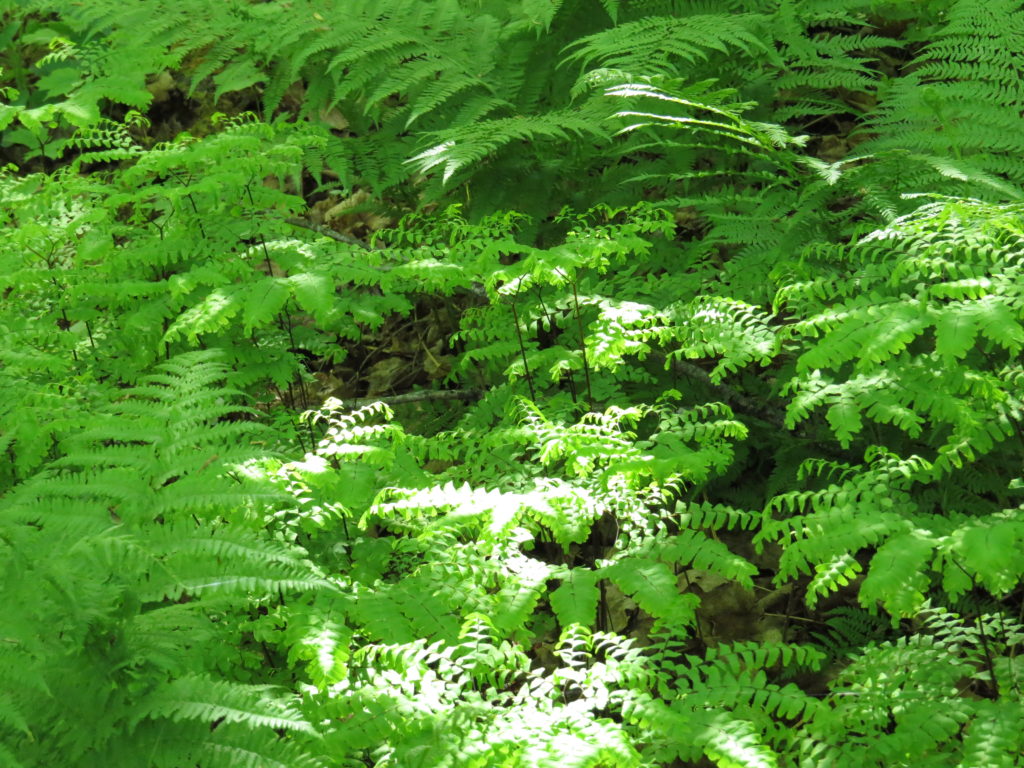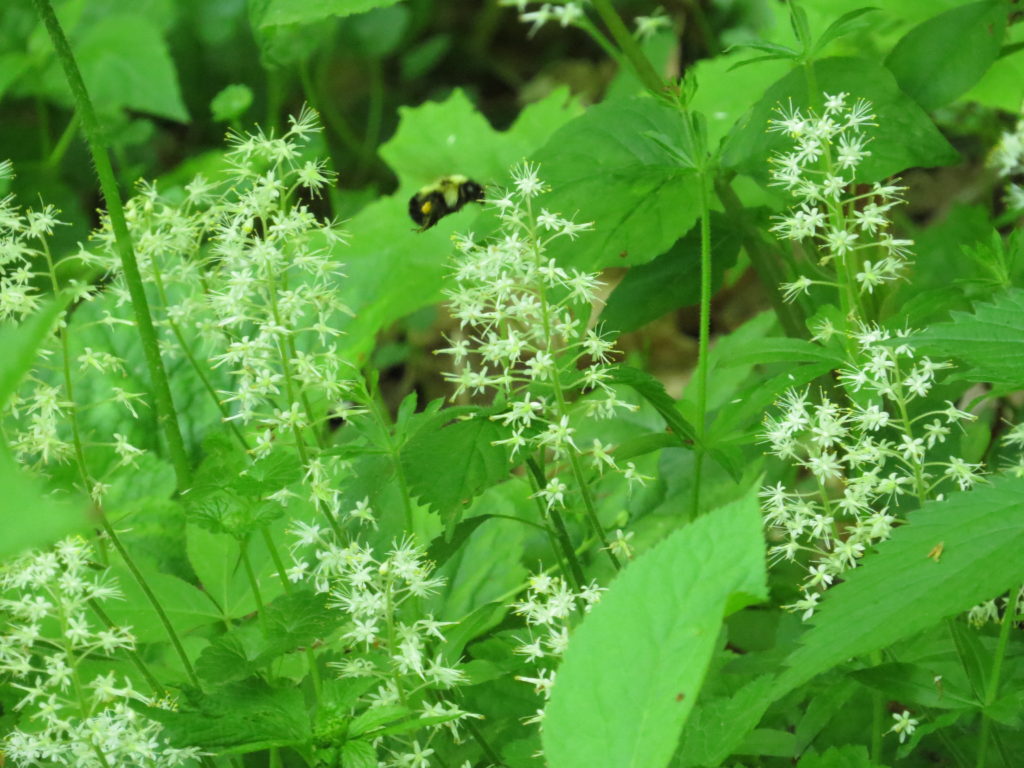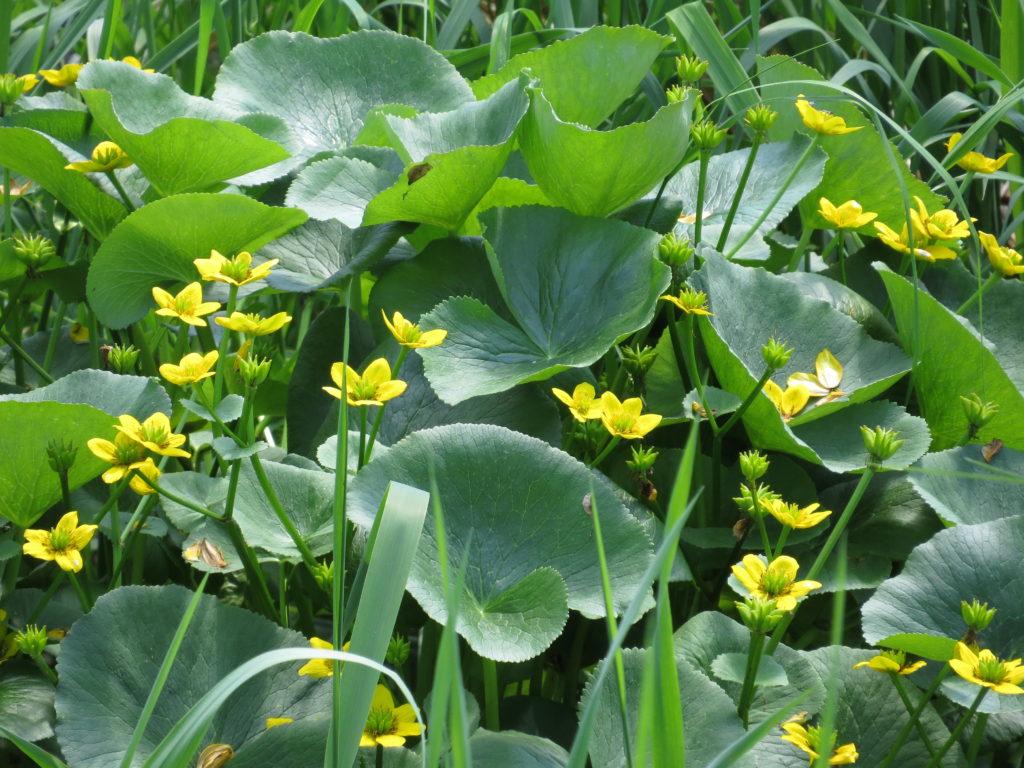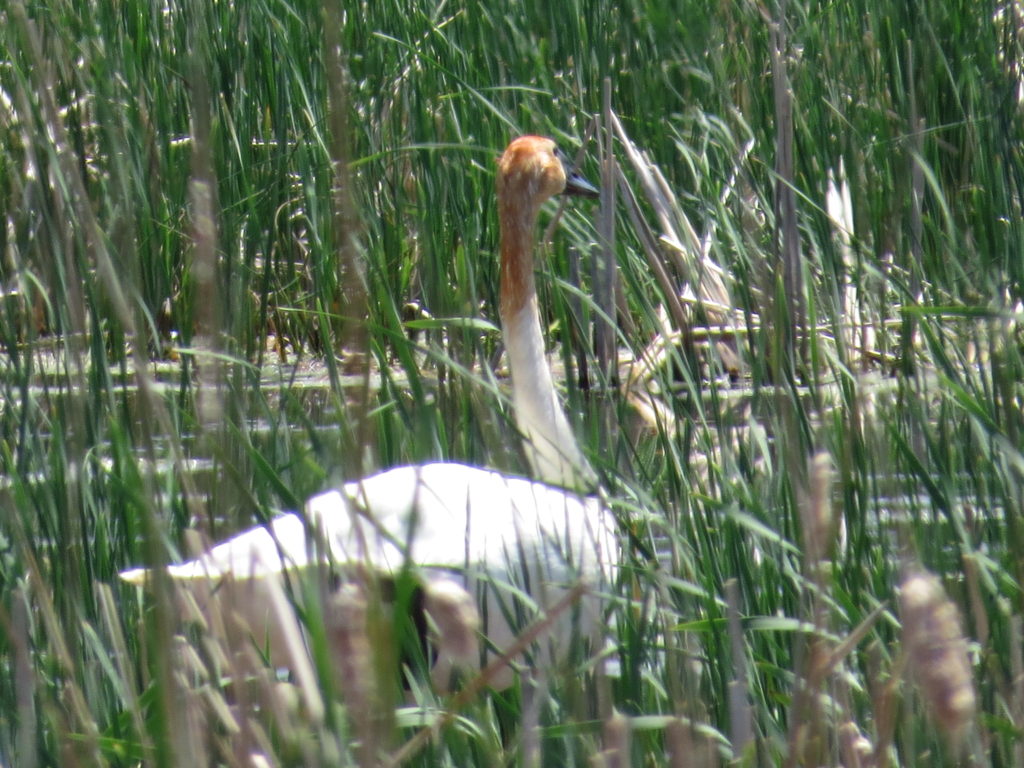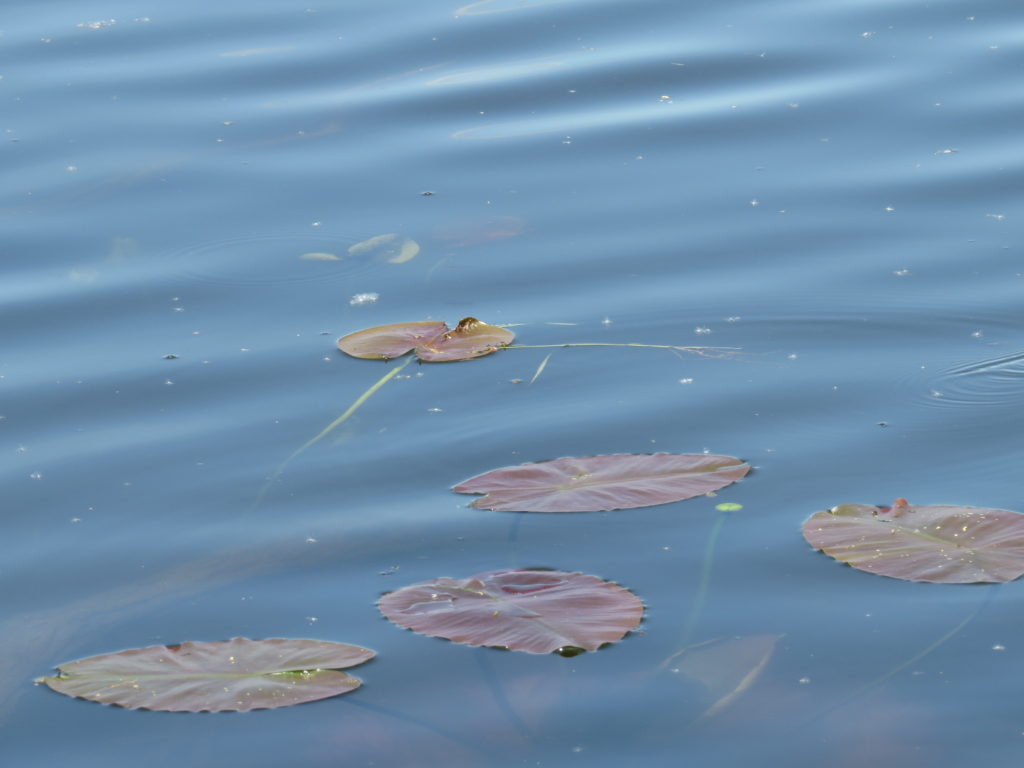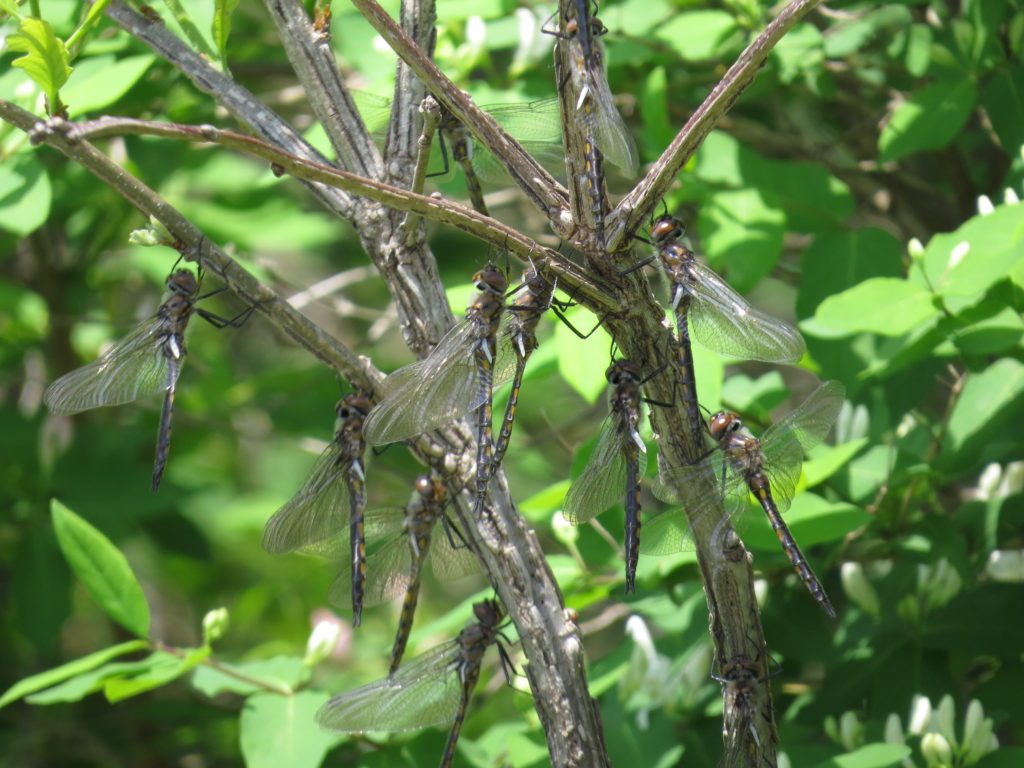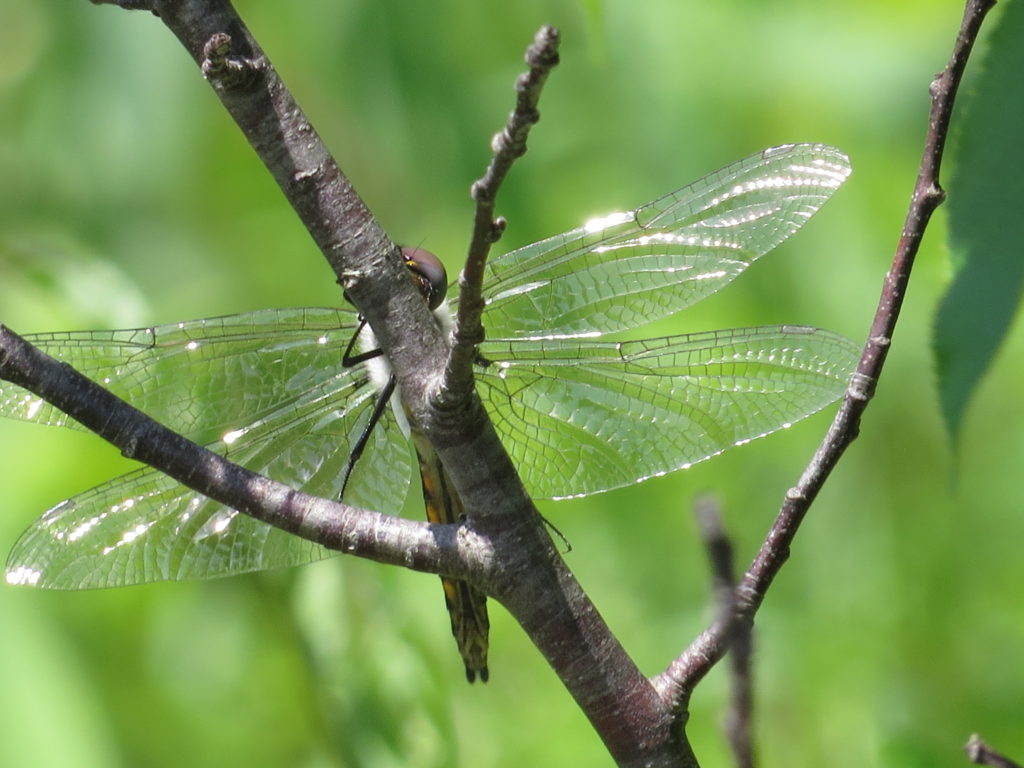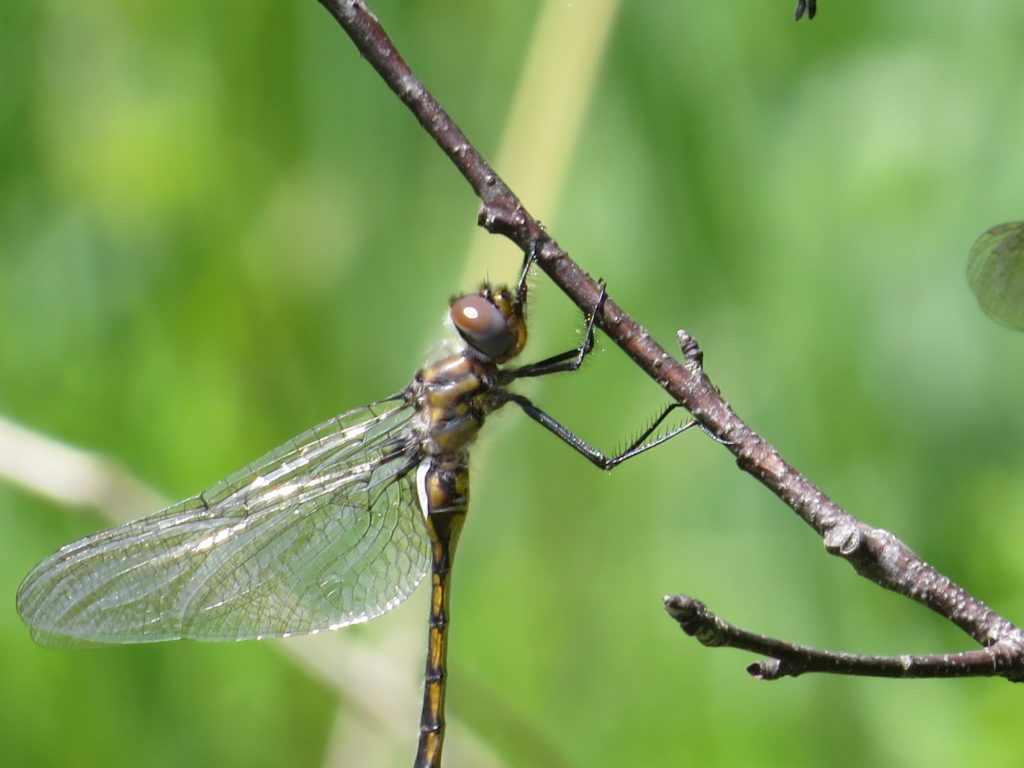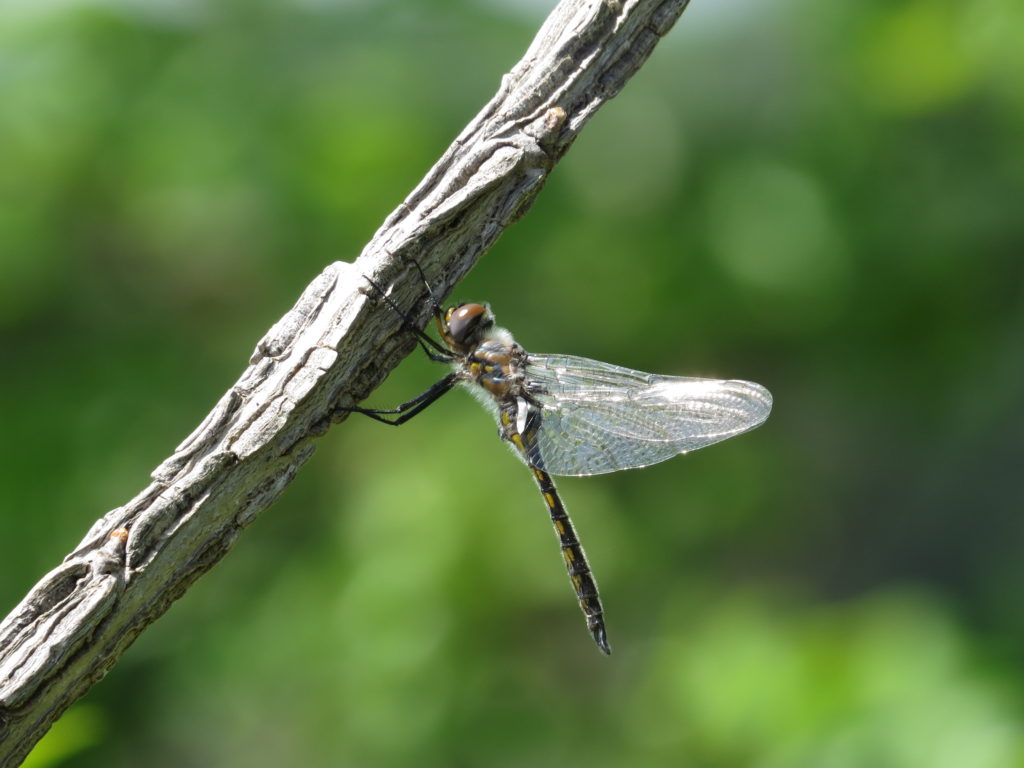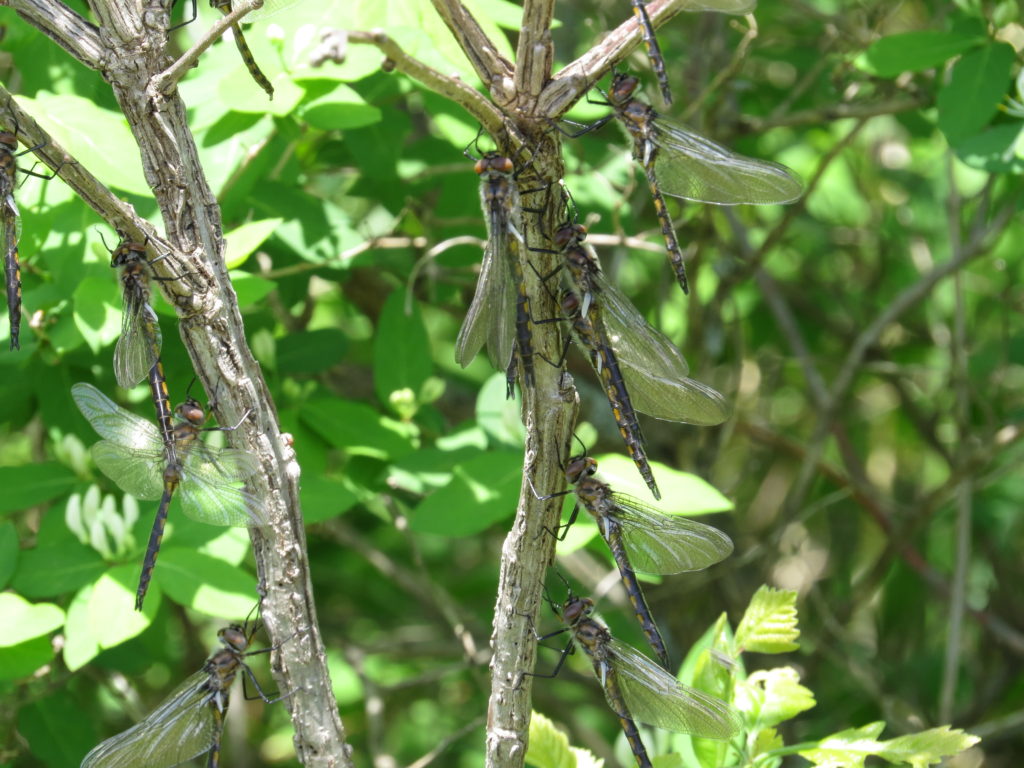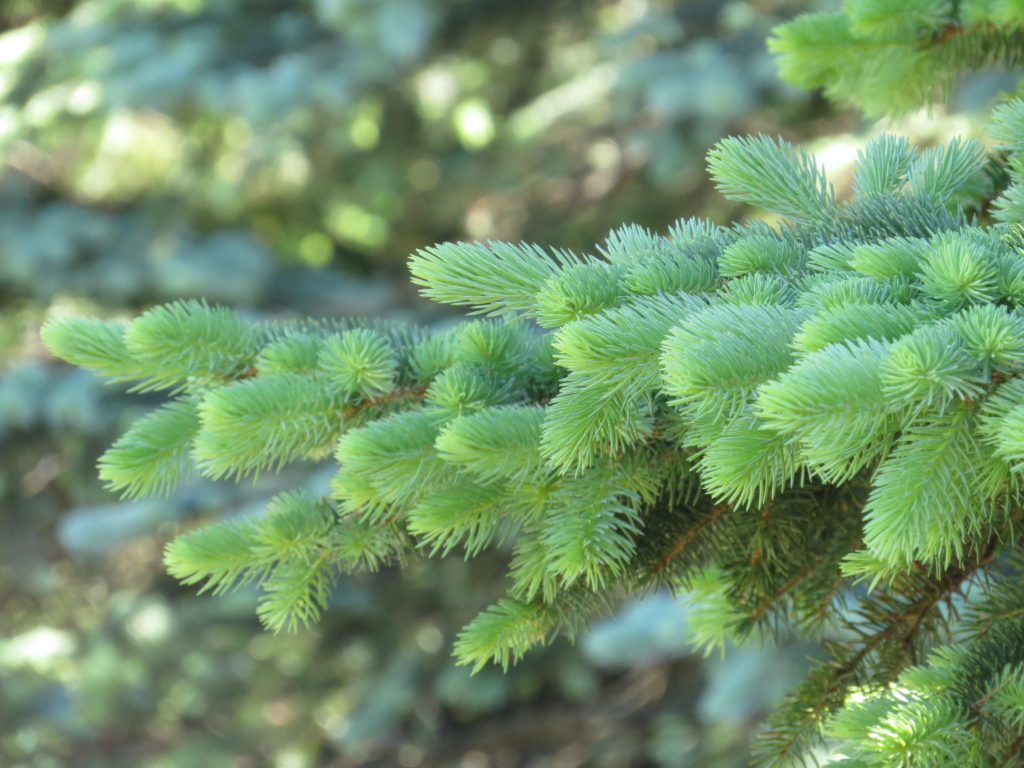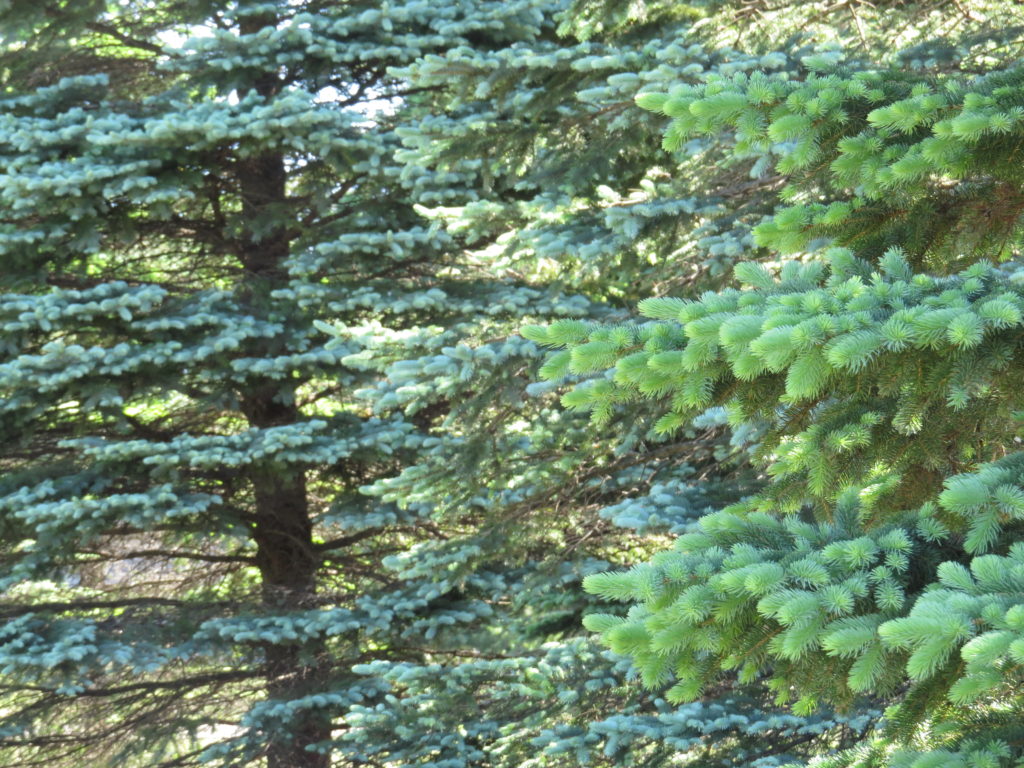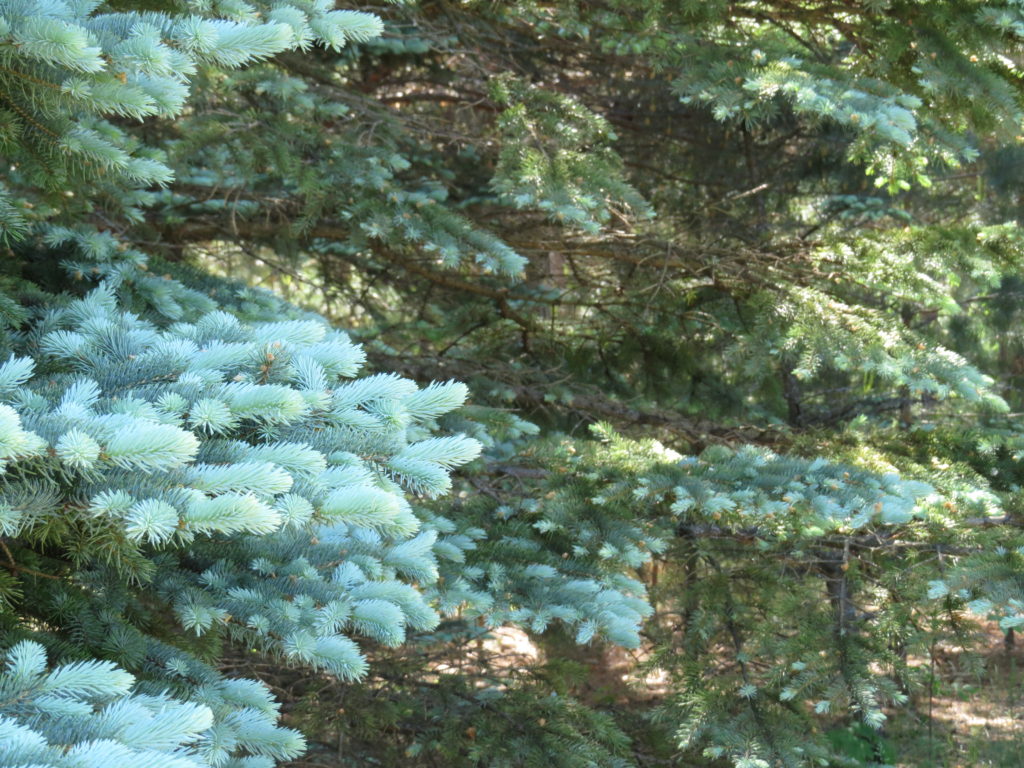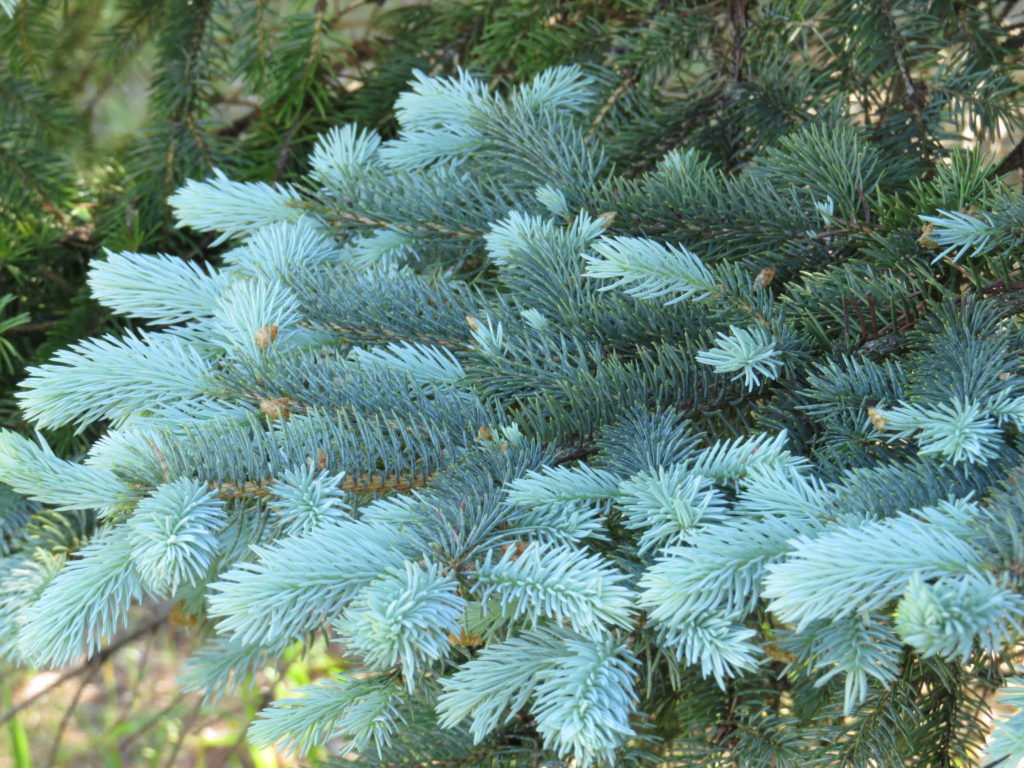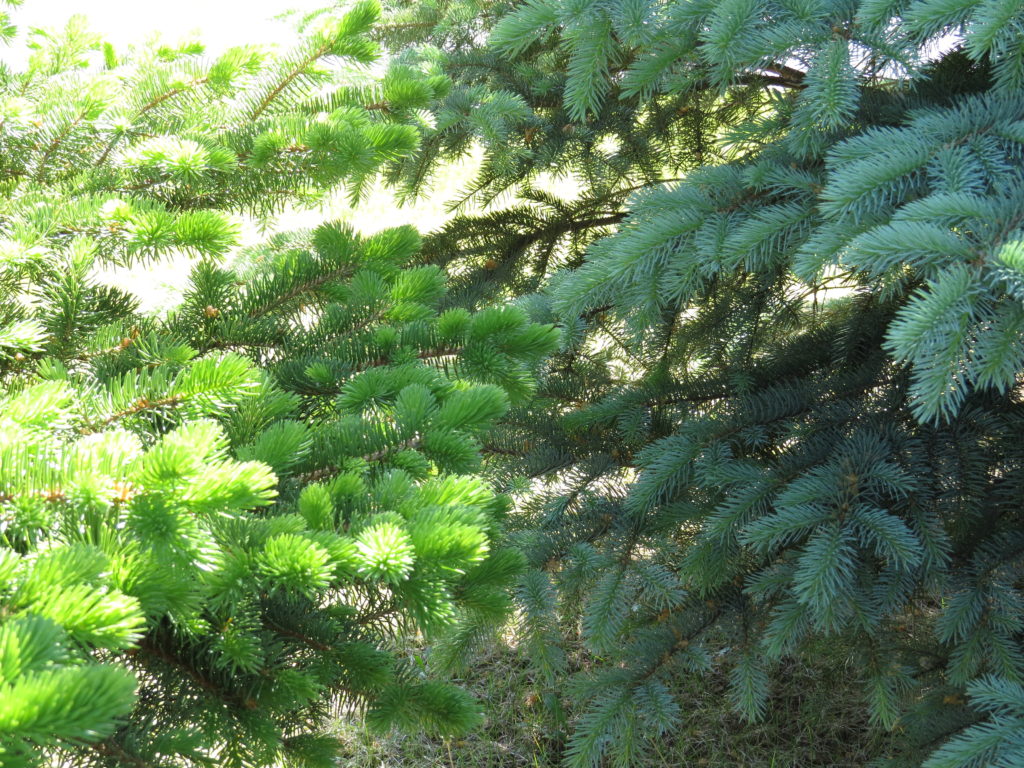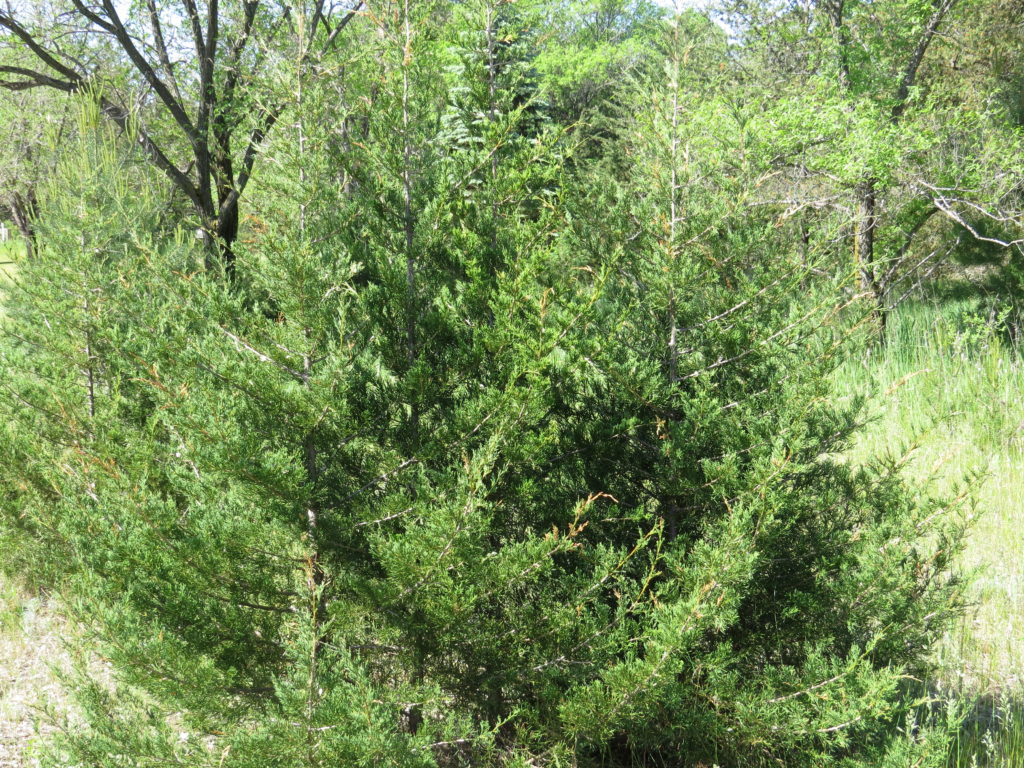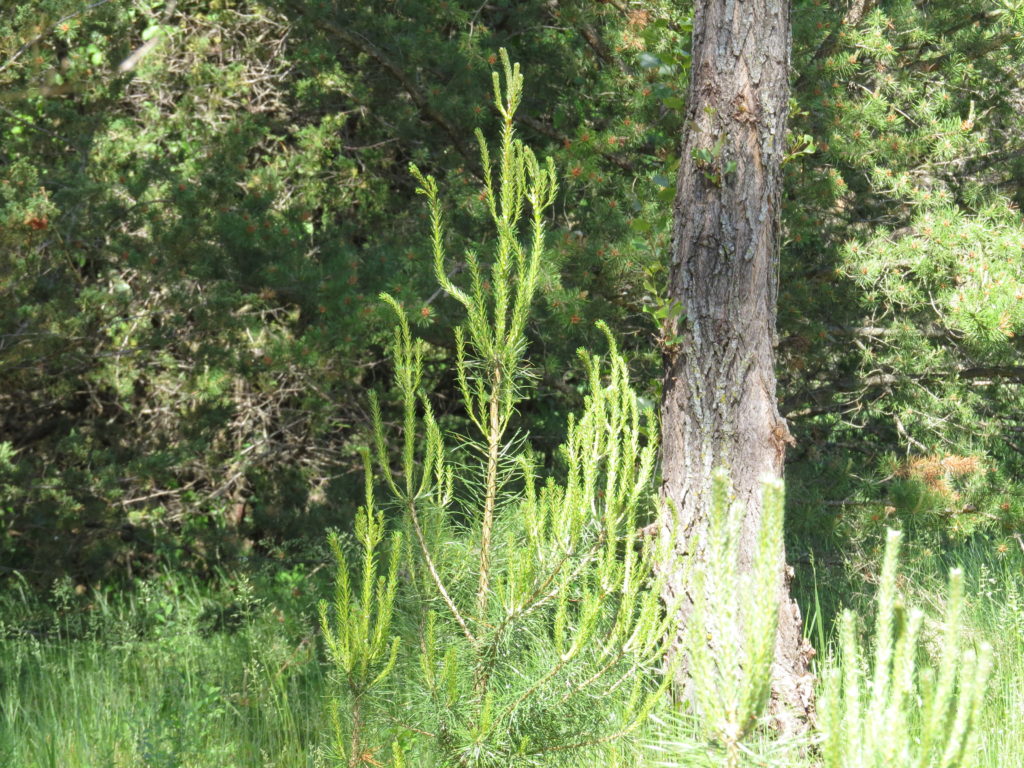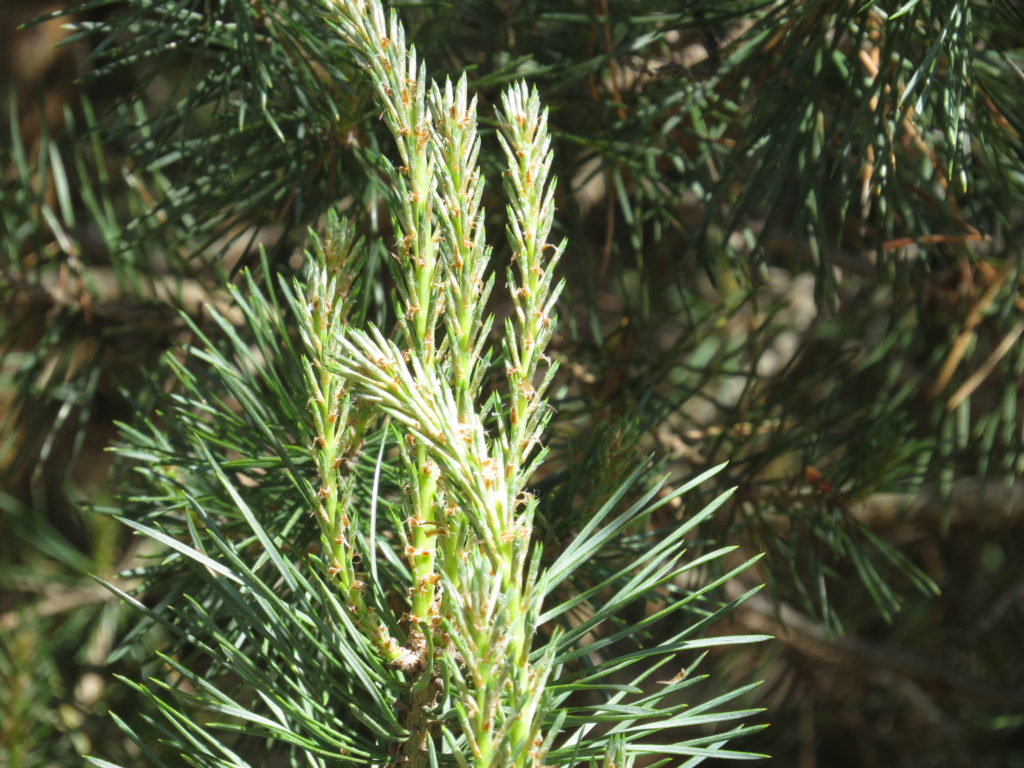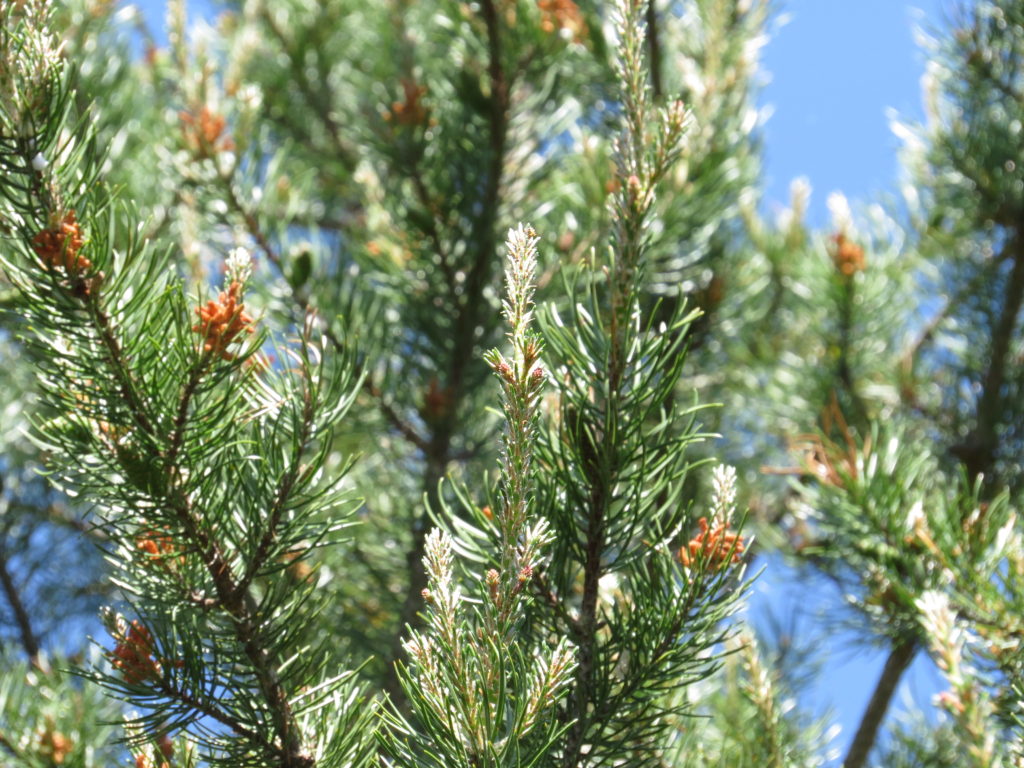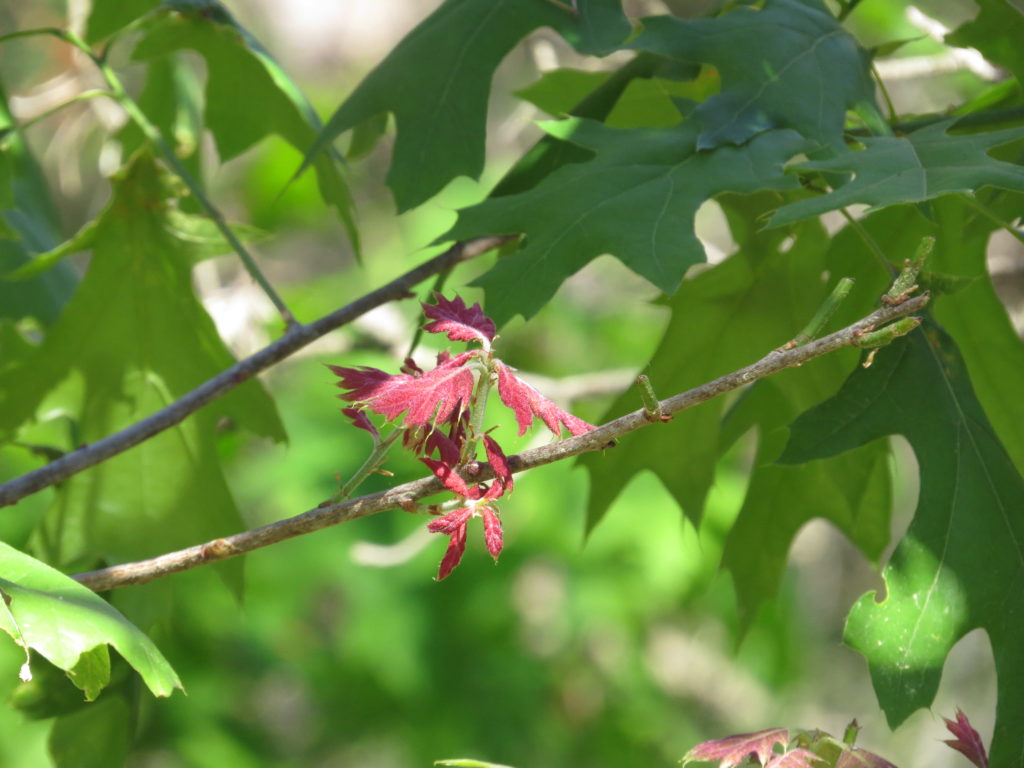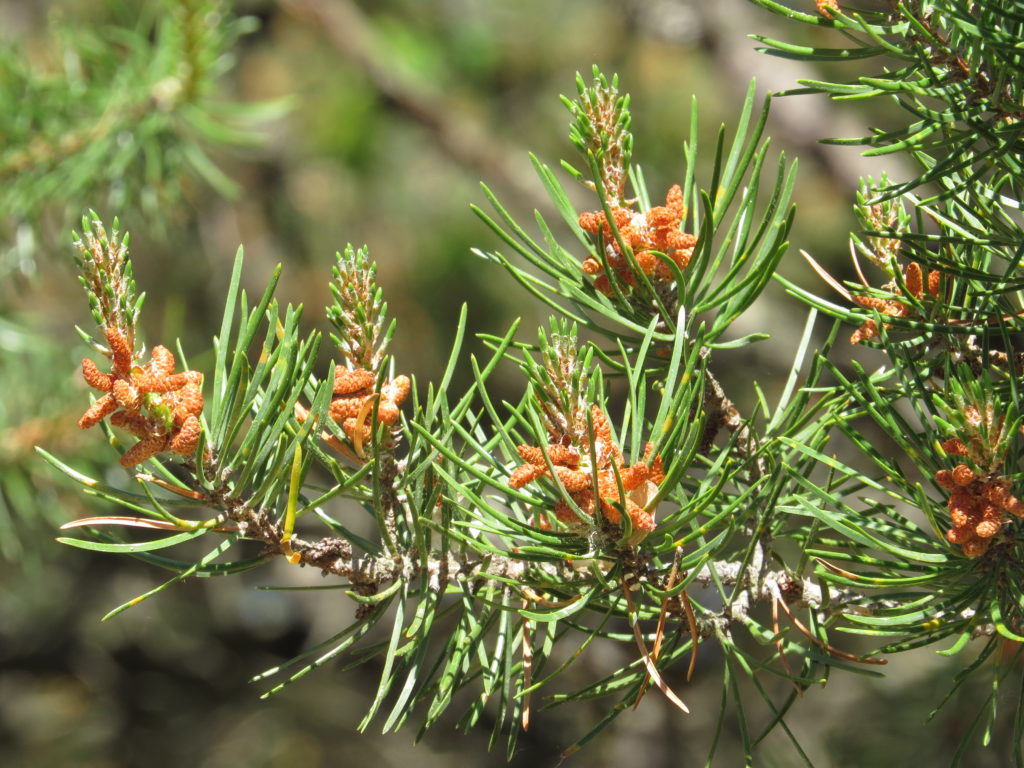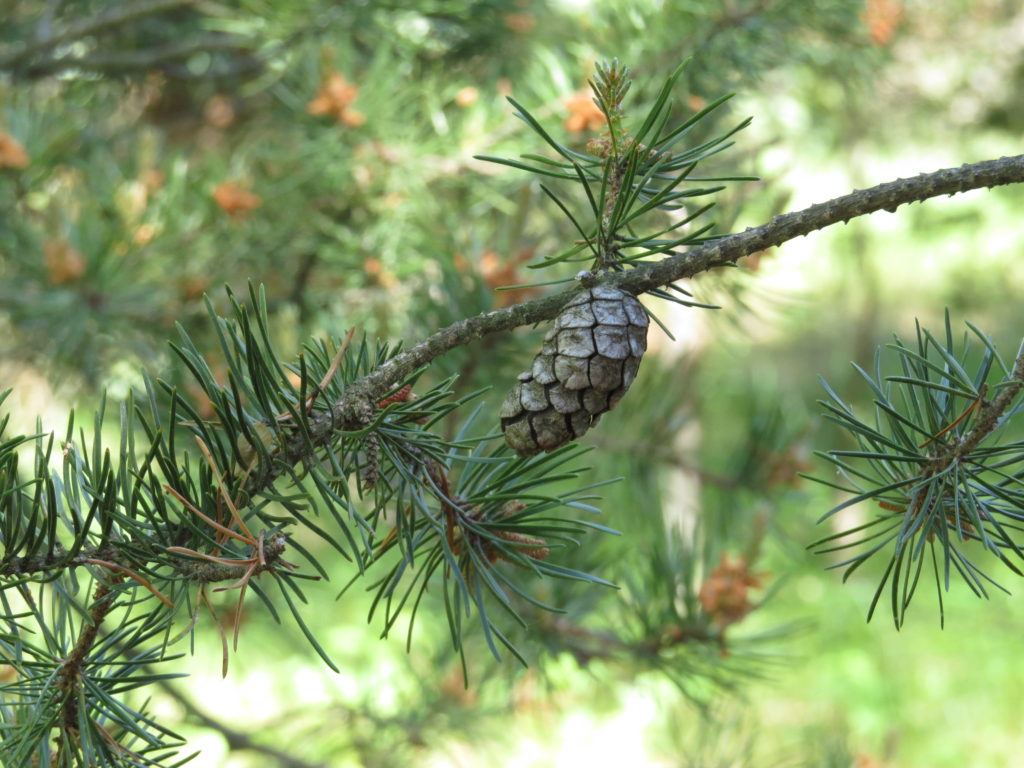After last week’s post about flying dreams, I realized I had an accumulation of photos of the ‘real flyers’—the ones who inspire us to take off, fly high, and soar on the wind—in our dreams and metaphorically in our lives. They go where we cannot go without the aid of a ‘big silver bird.’ They seem to have a freedom and a reach that us ‘grounded’ creatures can only wistfully watch and long for—oh, to be as free and majestic as the Eagle!
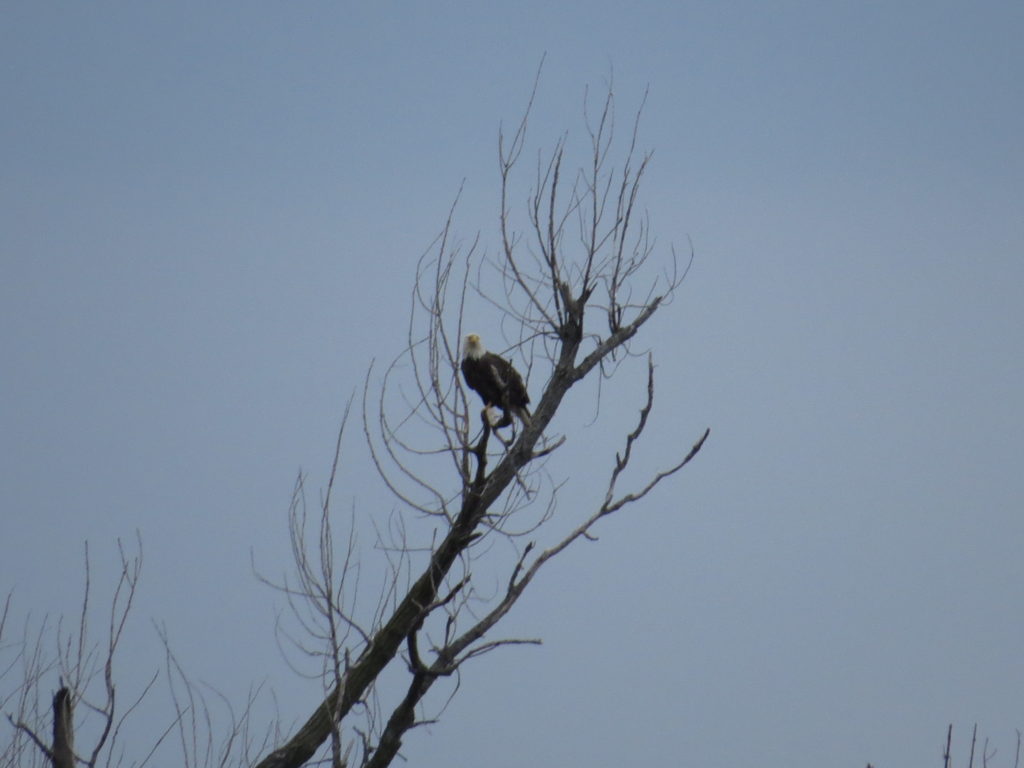
And yet, as I looked at the photos, I realized that maybe birds are more like us than we realize (or we like them?) They like to hang out with their family and friends, and life is good on the water.
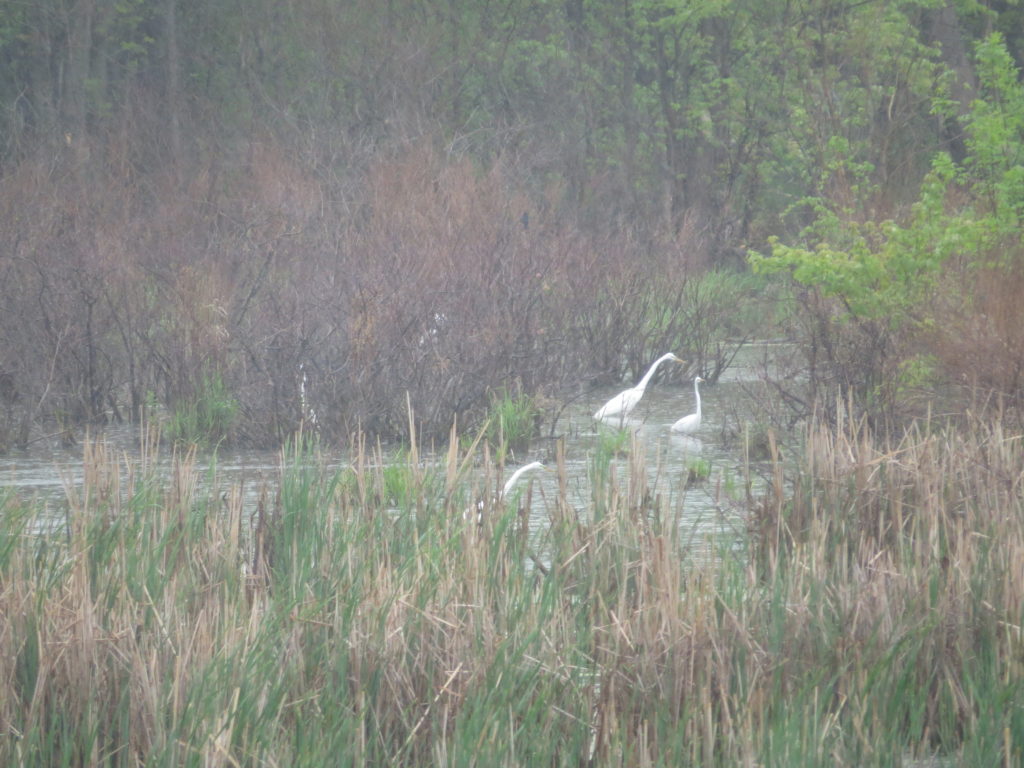
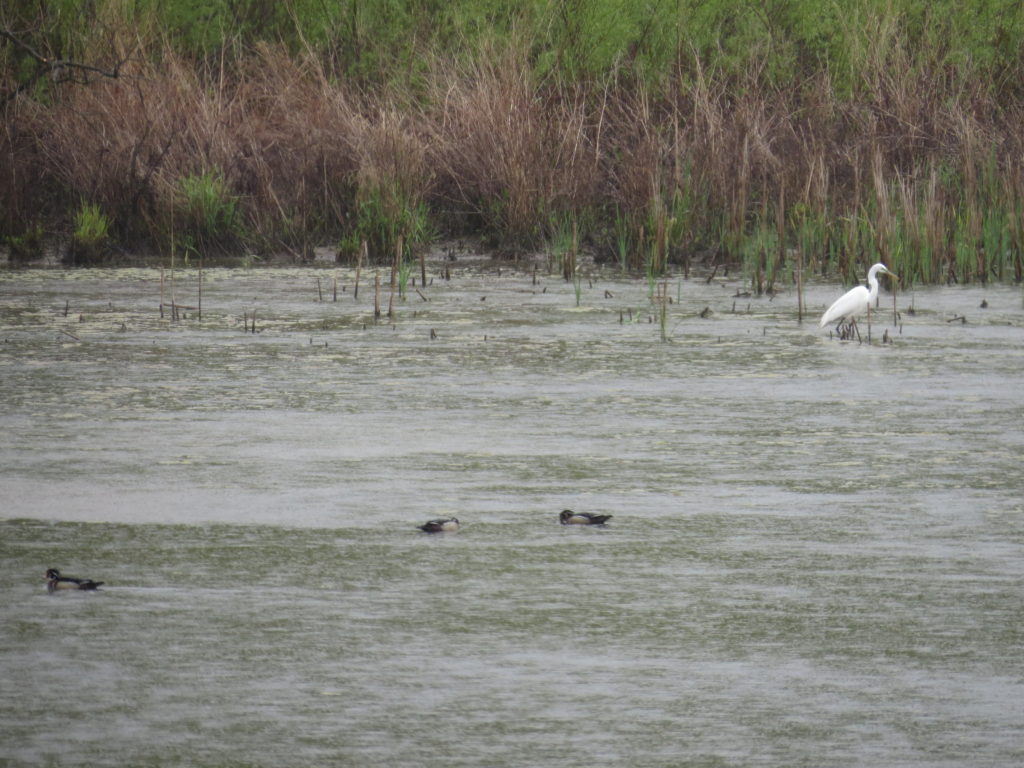
Some of them/us are loners—we don’t have mates or children or even many friends. We know how to be alone and how to be relatively okay with it. Inner life can take a higher priority than outer life.

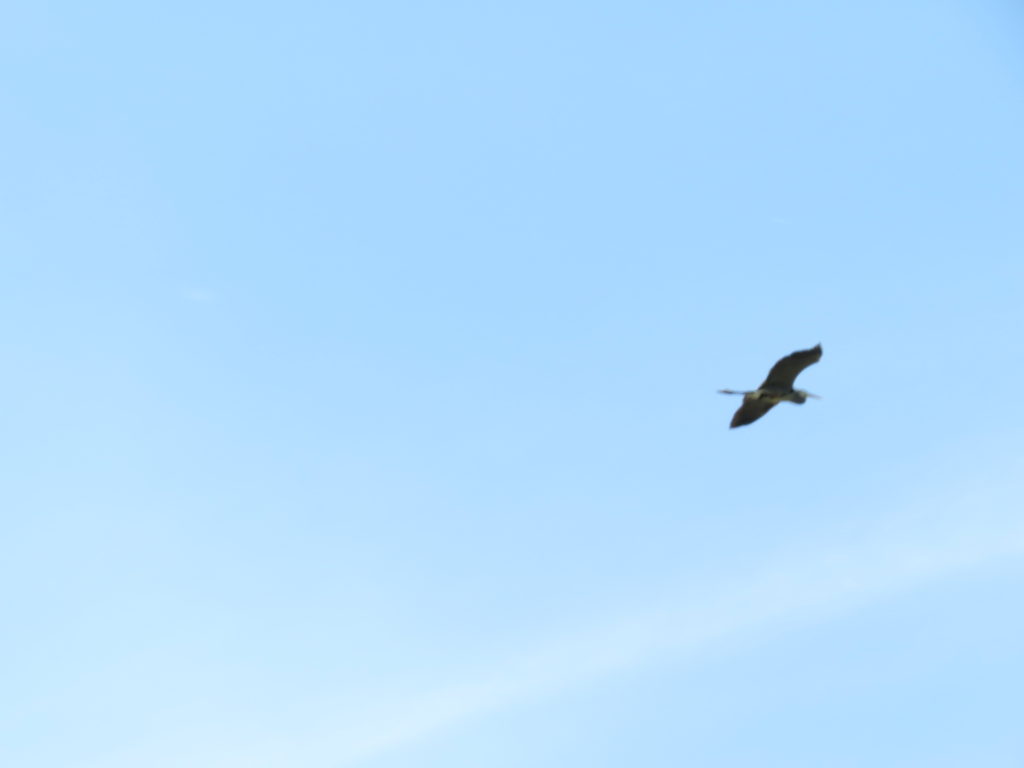
Birds have curiosity, like most of us. What do I see? What do I hear? What does that mean for me and others?
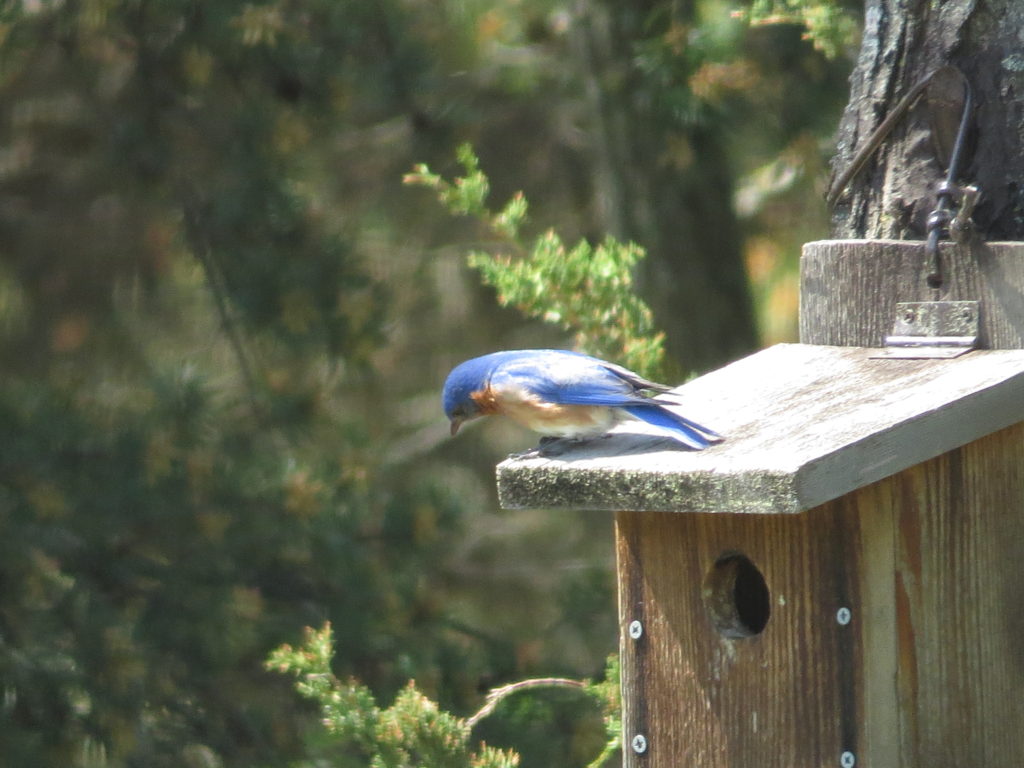
They also can be startled, intimidated, territorial, fearful, protective, bullying, and loud. Sound familiar?
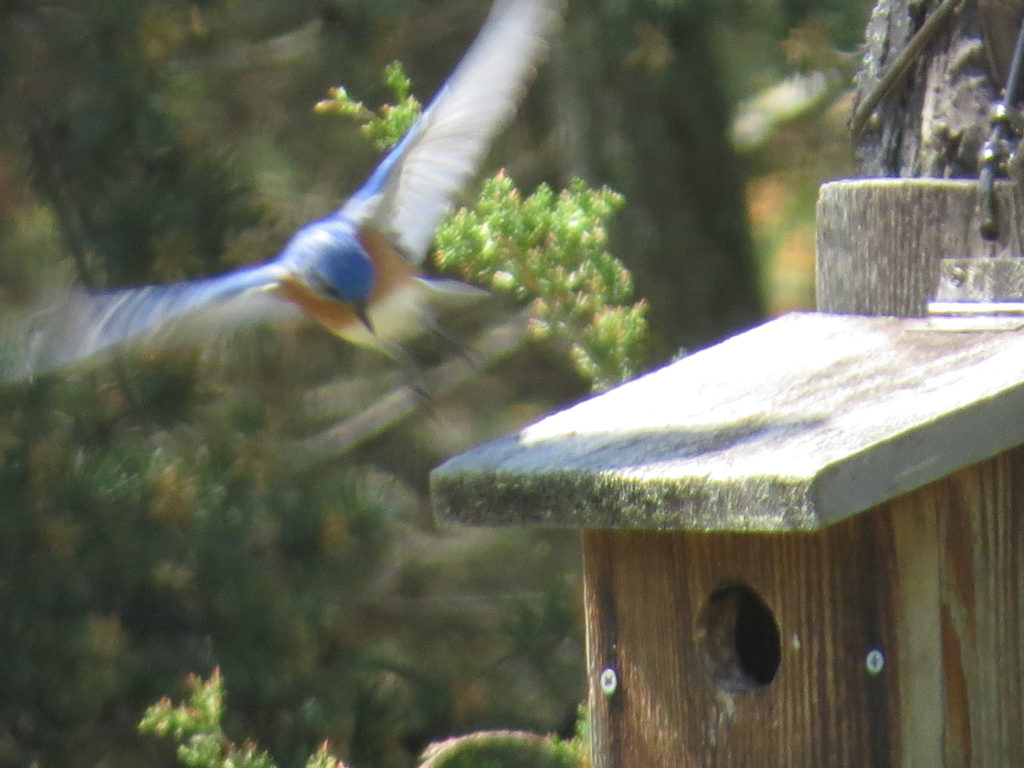
Birds spend a huge portion of their time and energy doing the work of providing food for themselves and their families. It takes concentration and patience, know-how and skill, and very often we and they are rewarded for our efforts. But not always…it also takes tenacity and resilience to keep trying when the opportunity slips away.
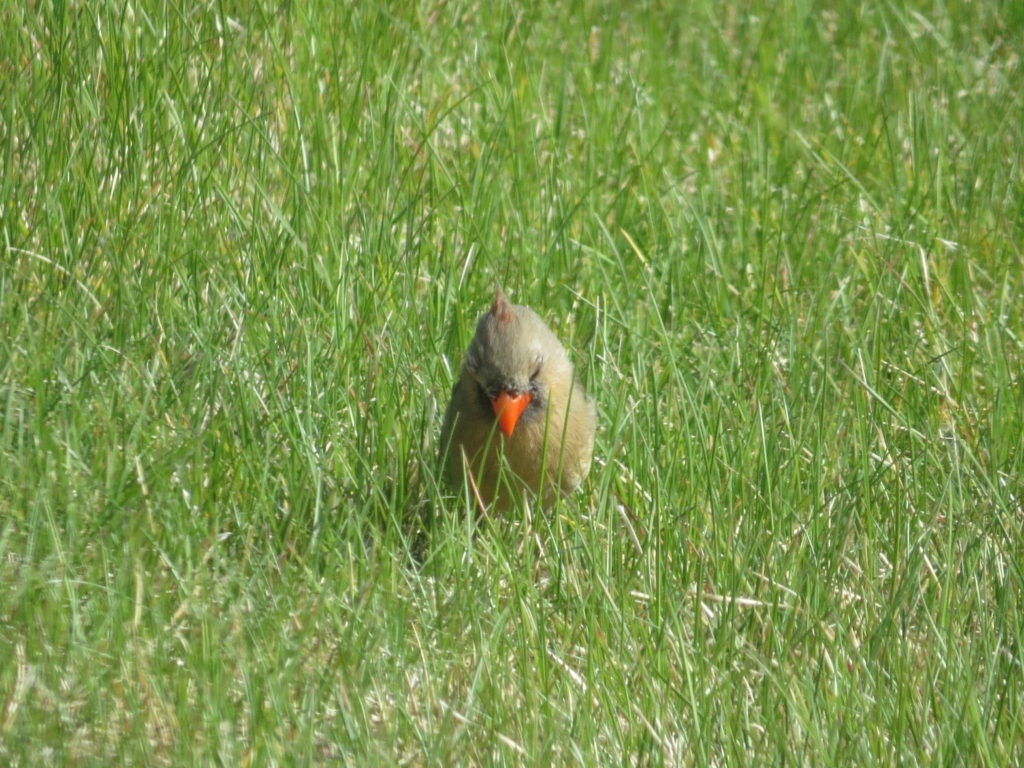
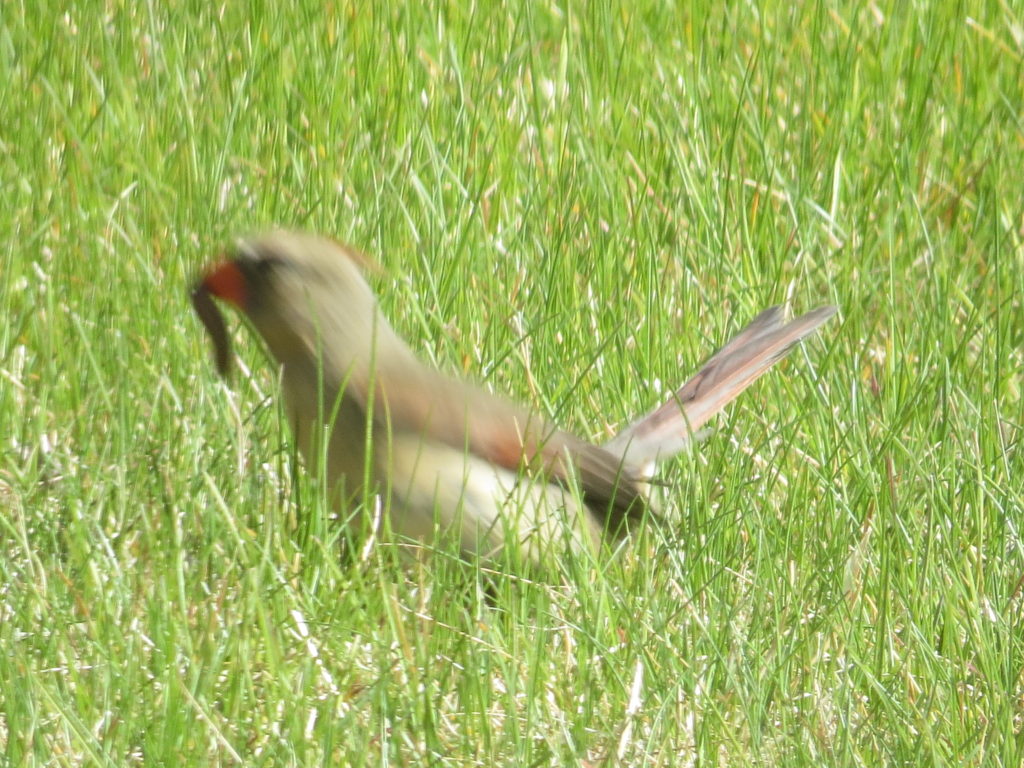
Housing is a big issue—is this going to be a good place to raise our family? Look it over, try it on, envision our future, determine the safety, can we afford it? Let’s make a nest. Let’s raise a family.
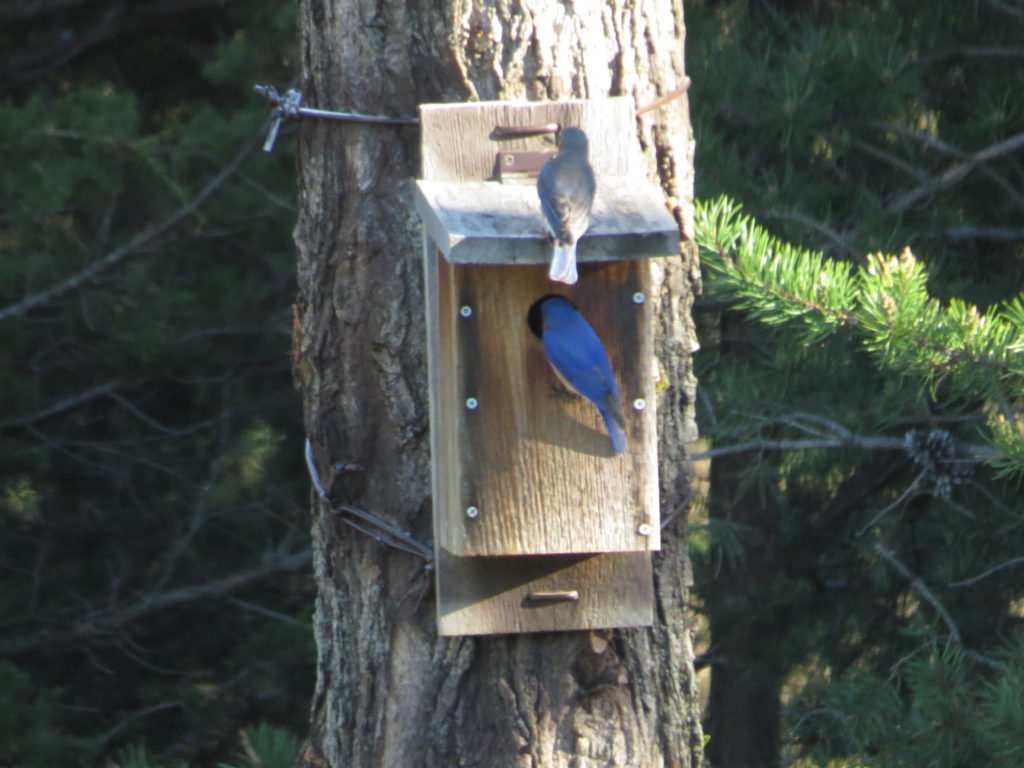
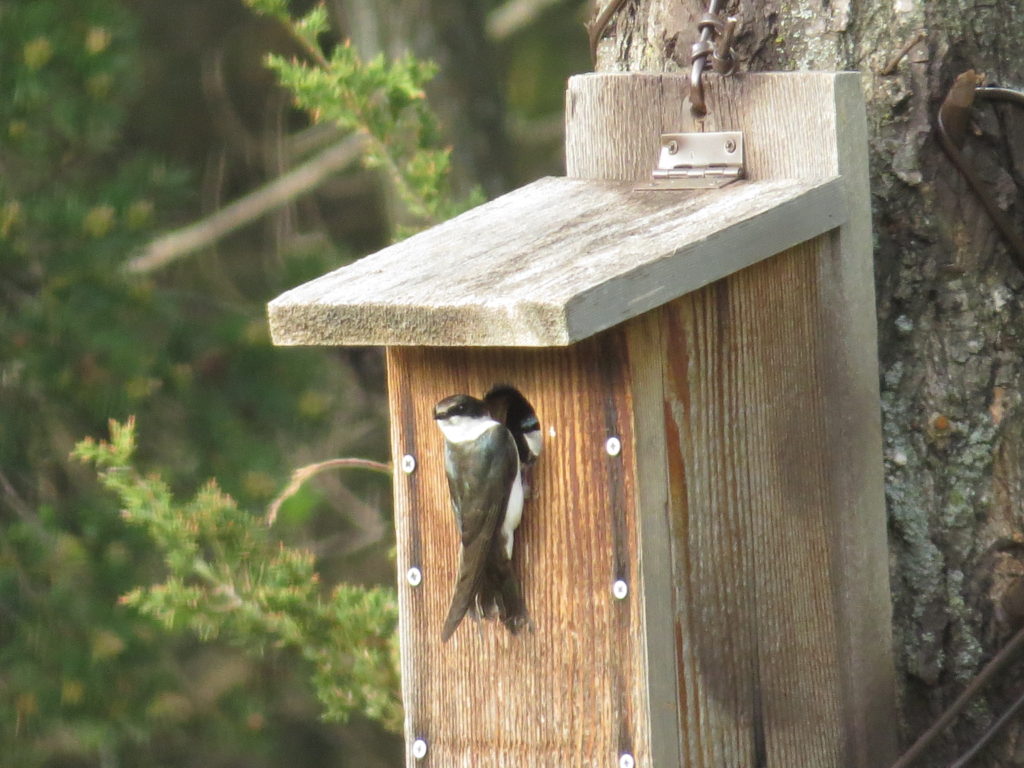
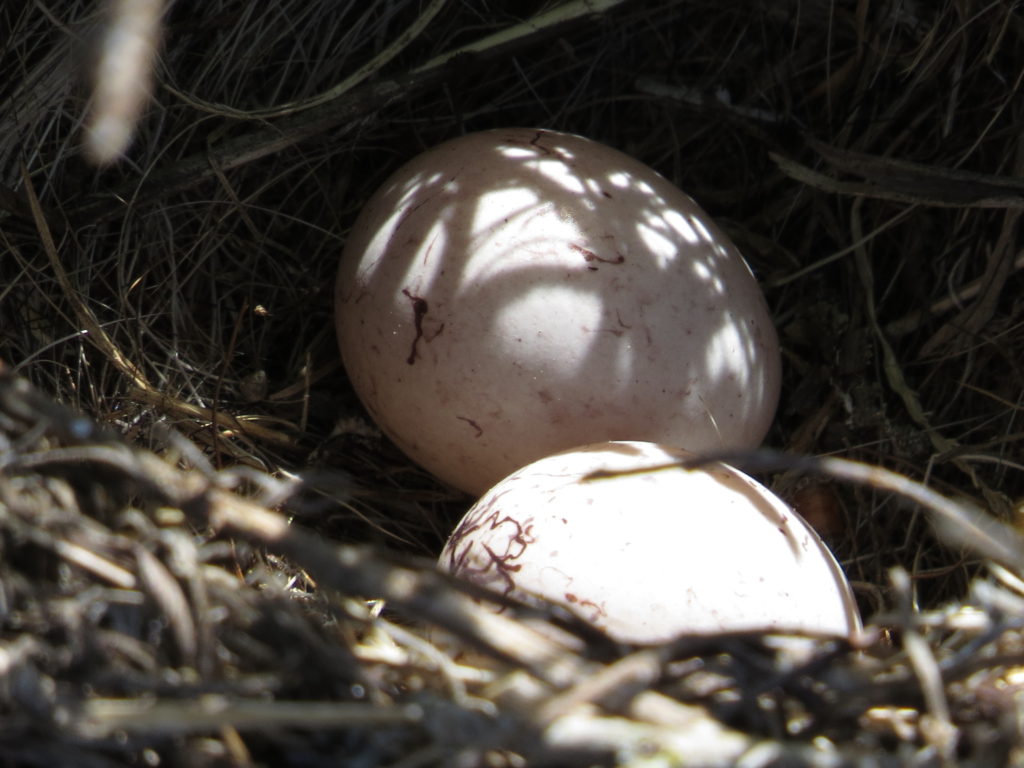
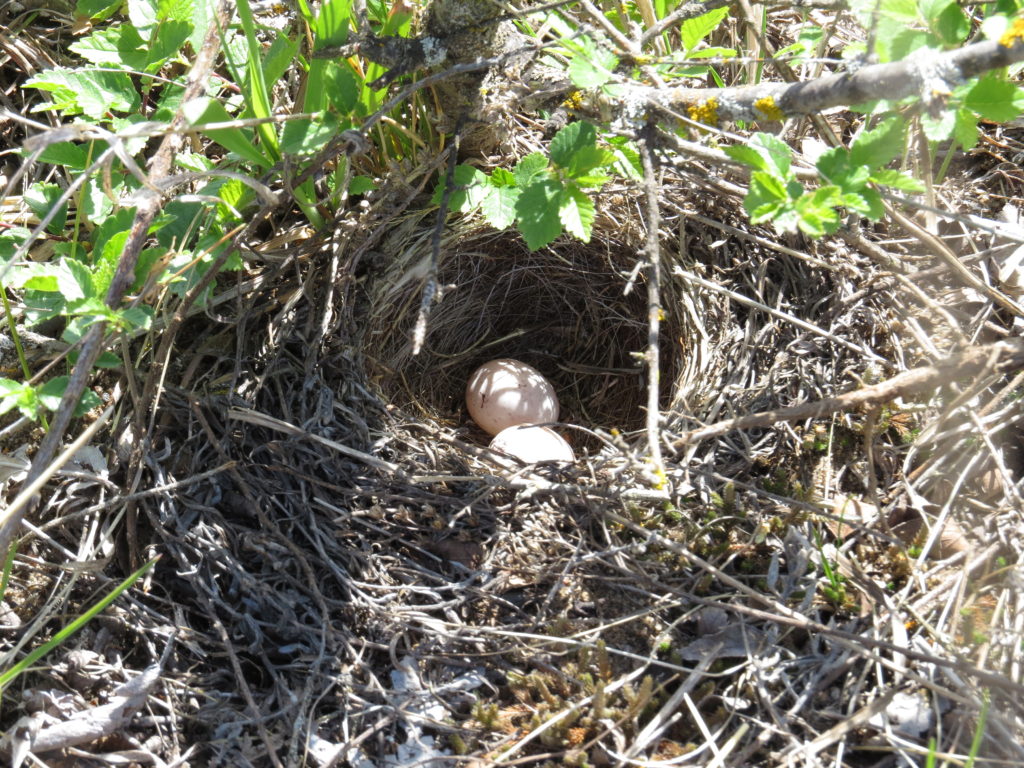
It takes an enormous amount of time, energy, fortitude, worms and bugs (and their for-human counterparts), sleeplessness (and sleep), learning, humbleness, mistakes, forgiveness, patience, and love to raise that family from infancy to independence. The birds have a compacted time frame in which to do so, yet they do it time and time again in each yearly cycle of their life span. They raise their children to fly. They teach them how to find their own food, to stay safe, to expand their knowledge. They teach them to be curious and wary, adventurous and prudent. They protect them the best they can.
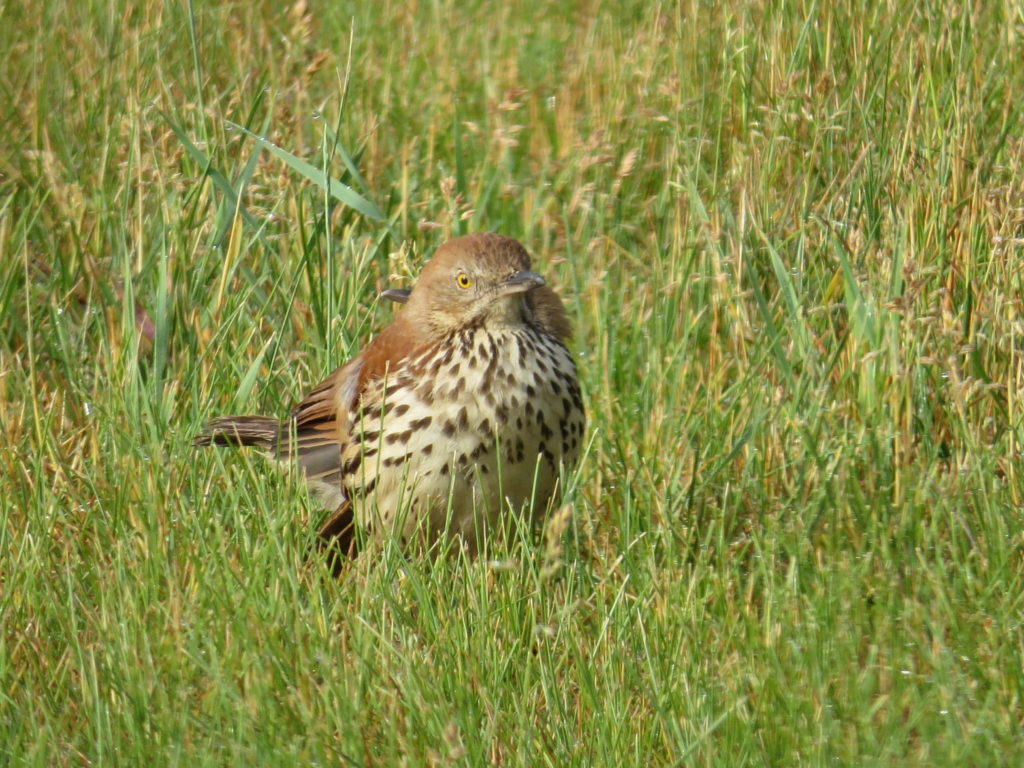
They try to ward off those who would take advantage of their young ones with a fierce look and a strong beak.

They are observant and alert.

They model behavior, good and bad, with and without intent and consciousness.

They are proud of their fledglings.
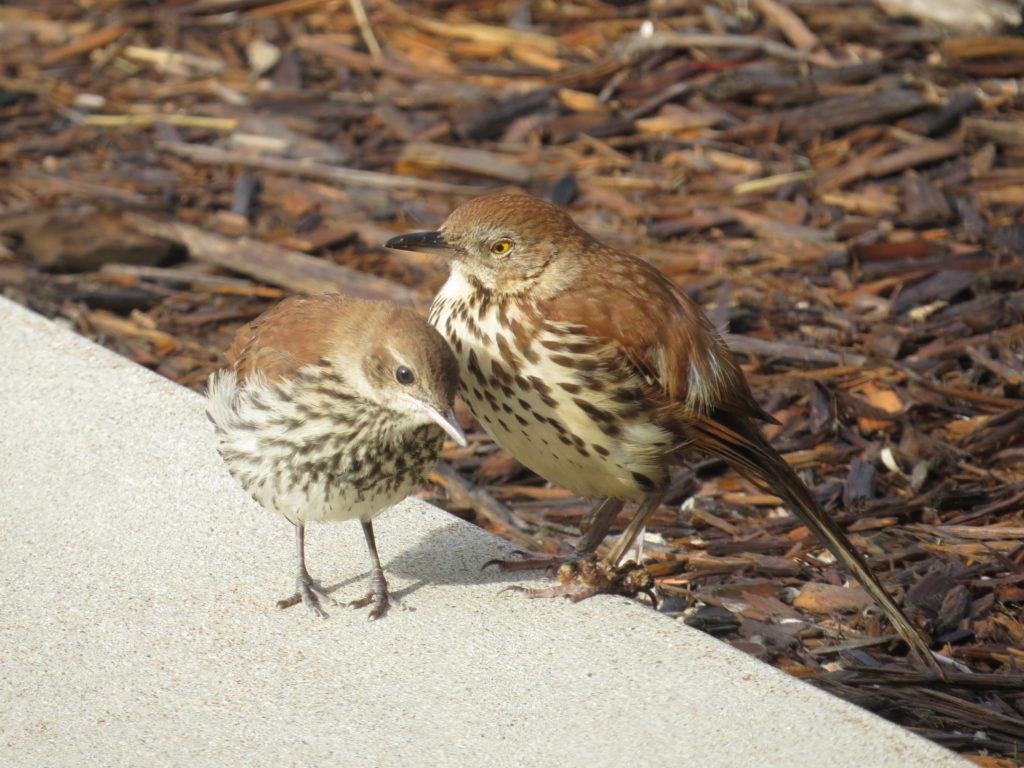
And they love them.
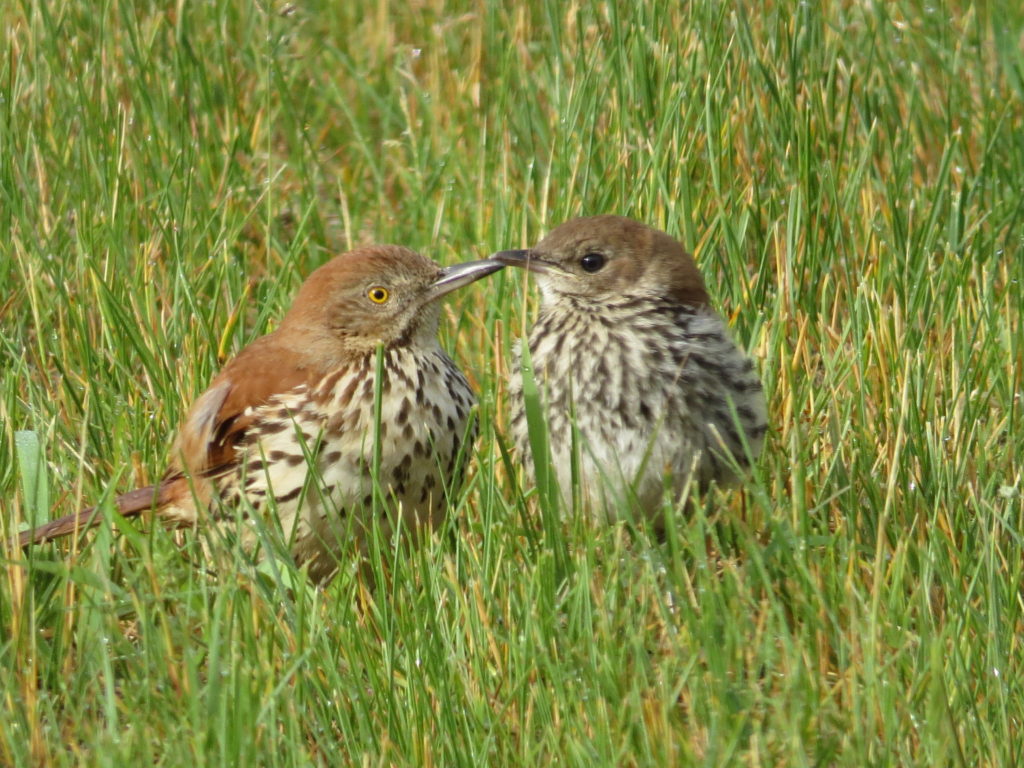
Birds don’t spend most of their time in unfettered freedom, soaring the skies for fun and pleasure. They spend their time doing the day-to-day things that we do—working for food, shelter, and a place to raise young ones, and they use their innate tool of being able to fly in doing so. Maybe we aren’t so different from birds. Perhaps our freedom and reach extend along the ground we humbly inhabit instead of the heavens—to our families and friends, to the ones in solitude, and to the children in our lives. Maybe we are like the eagles—majestic and free.
